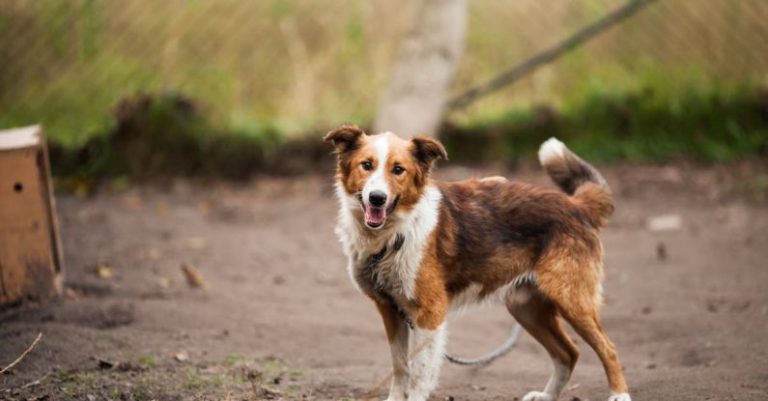Pet Grooming: Do’s and Don’ts
Grooming your pet is an essential aspect of their overall health and well-being. Not only does it keep them looking neat and tidy, but it also helps prevent skin issues, matting, and other health problems. However, pet grooming can be a bit tricky, especially if you are new to it. To ensure that you are grooming your furry friend in the best possible way, here are some do’s and don’ts to keep in mind.
Grooming Tools: Choose Wisely
When it comes to grooming your pet, using the right tools is crucial. Invest in high-quality brushes, combs, scissors, and nail clippers that are specifically designed for your pet’s breed and coat type. Using the wrong tools can cause discomfort and even harm to your pet. For example, using a brush with sharp bristles on a sensitive skin breed can lead to irritation and pain. Do your research and consult with a professional groomer to determine the best tools for your pet.
Bathing: Frequency Matters
One of the most common mistakes pet owners make is bathing their pets too frequently. While regular baths are essential to keep your pet clean, over-bathing can strip their skin of natural oils, leading to dryness and irritation. The frequency of baths will depend on your pet’s breed, coat type, and lifestyle. Some pets may only need a bath once a month, while others may require more frequent bathing. Consult with your veterinarian or a professional groomer to determine the right bathing schedule for your pet.
Brushing: Regularity is Key
Regular brushing is essential for maintaining your pet’s coat health and preventing matting. Brushing helps remove loose fur, dirt, and tangles, keeping your pet’s coat clean and shiny. The frequency of brushing will depend on your pet’s breed and coat type. Breeds with long or thick coats may require daily brushing, while short-haired breeds may only need to be brushed a few times a week. Make brushing a part of your pet’s routine to keep their coat in top condition.
Nail Trimming: Be Cautious
Trimming your pet’s nails is an important part of grooming, but it can be tricky, especially if your pet is not used to it. Be cautious when trimming your pet’s nails to avoid cutting the quick, which can cause bleeding and pain. If you are unsure about how to trim your pet’s nails, consider seeking help from a professional groomer or veterinarian. Regular nail trims are essential to prevent overgrowth, which can lead to discomfort and difficulty walking for your pet.
Ear Cleaning: Gentle Approach
Cleaning your pet’s ears is crucial to prevent infections and ear mites. Use a gentle ear cleaning solution and cotton balls to clean the outer part of your pet’s ears. Avoid using cotton swabs or inserting anything into your pet’s ear canal, as this can cause damage. If you notice any redness, swelling, or discharge in your pet’s ears, consult with your veterinarian for further evaluation and treatment.
Haircuts: Leave it to the Professionals
While it may be tempting to give your pet a haircut at home, it is best to leave haircuts to the professionals, especially if your pet has a specific coat type or style. Professional groomers have the knowledge and experience to give your pet the perfect haircut while ensuring their safety and comfort. Attempting to give your pet a haircut at home can result in uneven cuts, skin irritation, and unnecessary stress for your pet.
Conclusion: Happy Grooming, Happy Pet!
Grooming your pet is a necessary part of pet ownership, and by following these do’s and don’ts, you can ensure that your furry friend stays clean, healthy, and happy. Remember to use the right tools, establish a grooming routine, and seek professional help when needed. With proper grooming, your pet will not only look their best but also feel their best. Happy grooming, happy pet!






